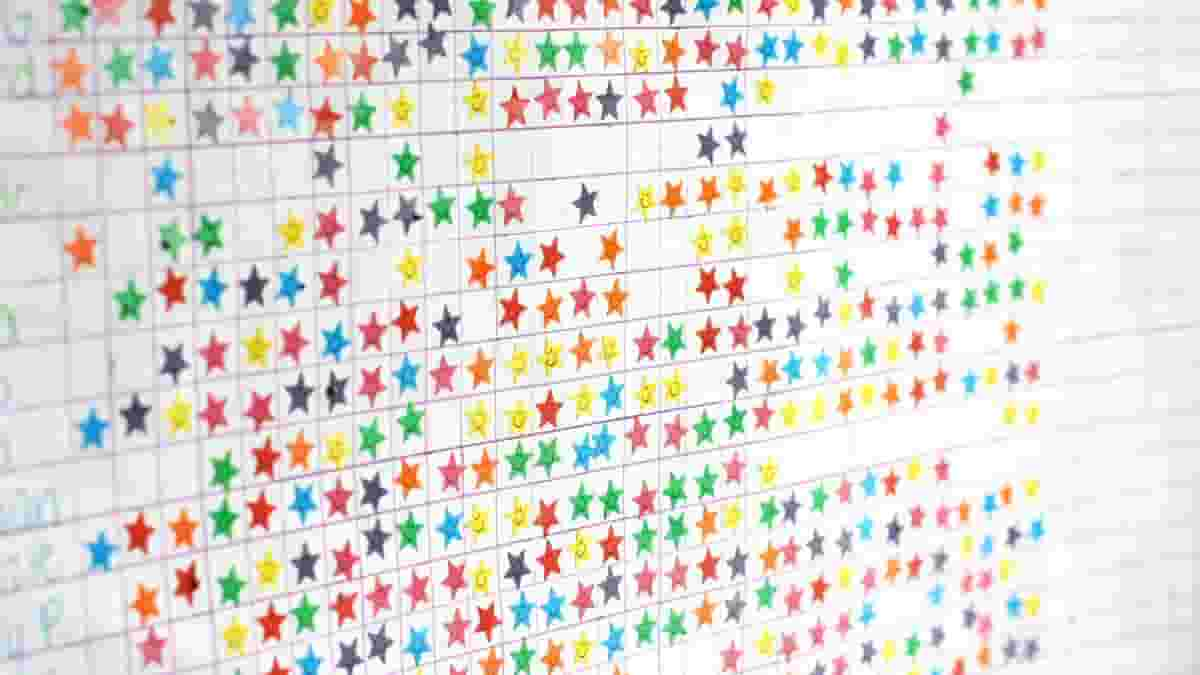The mesocorticolimbic circuit is known as the brain’s reward system. It is a group of neural structures that are responsible for incentive salience (i.e., “wanting”; desire or craving for a reward and motivation), associative learning (primarily positive reinforcement and classical conditioning), and positively-valenced emotions, particularly those with pleasure as a core component (e.g., joy, euphoria, and ecstasy).
The attractive and motivating feature of a stimulus that generates appetitive behavior, also known as approach behavior and consummatory behavior, is known as reward.
A rewarding stimulus is defined as “any stimulus, object, event, activity, or situation that has the potential to make us approach and consume it.” Rewards are positive reinforcements in operant conditioning; the flip assertion is also true: positive reinforcers are rewarding.
The reward system encourages animals to approach stimuli or engage in behavior that improves fitness (sex, energy-dense foods, and so on). Most animal species rely on maximizing contact with positive stimuli while minimizing contact with detrimental stimuli to survive.
By inducing associative learning, eliciting approach and consummatory action, and eliciting positively-valenced emotions, reward cognition increases the likelihood of survival and reproduction.
Reward System Neuroanatomy
The reward system’s brain regions are predominantly found inside the cortico-basal ganglia-thalamo-cortical loop. The basal ganglia section of the loop drives activity in the reward system.
Some other types of projection neurons, like orexinergic projection neurons, are also involved, but glutamatergic interneurons, GABAergic medium spiny neurons (MSNs), and dopaminergic projection neurons make up most of the pathways that connect the different parts of the reward system.
The reward system includes the ventral tegmental area, ventral striatum (including the nucleus accumbens and olfactory tubercle), dorsal striatum (including the caudate nucleus and putamen), substantia nigra (including the pars compacta and pars reticulata), prefrontal cortex, anterior cingulate cortex, insular cortex, hippocampus, hypothalamus.
The dorsal raphe nucleus and cerebellum appear to control several aspects of reward-related cognition and behavior (e.g., associative learning, motivational salience, and positive emotions). Through their projections to the ventral tegmental area (VTA), the laterodorsal tegmental nucleus (LTD), pedunculopontine nucleus (PPTg), and lateral habenula (LHb) are also capable of inducing aversive and incentive salience.
Mesolimbic Dopamine Pathways
Most dopamine pathways (neurons that use the neurotransmitter dopamine to communicate with other neurons) that project out of the ventral tegmental area are part of the reward system; in these pathways, dopamine acts on D1-like receptors or D2-like receptors to either stimulate (D1-like) or inhibit (D2-like) cAMP production. The striatum’s GABAergic medium spiny neurons are also involved in the reward system.
Experts have validated that dozens of brain sites maintain intracranial self-stimulation after nearly 50 years of research on brain-stimulation reward. The lateral hypothalamus and medial forebrain bundles are particularly effective. Stimulation there activates fibers that form ascending routes, which include the mesolimbic dopamine pathway, which extends from the ventral tegmental region to the nucleus accumbens.
There are several explanations as to why the mesolimbic dopamine pathway is central to circuits mediating reward. First, there is a marked increase in dopamine release from the mesolimbic pathway when animals engage in intracranial self-stimulation
Second, experiments consistently show that brain-stimulation reward stimulates the reinforcement of pathways that are normally activated by natural rewards, and that drug reward or intracranial self-stimulation can exert more powerful activation of central reward mechanisms because they activate the reward center directly rather than via peripheral nerves.
Lastly, when animals are administered addictive drugs or engage in naturally rewarding behaviors, such as feeding or sexual activity, there is a marked release of dopamine within the nucleus accumbens. However, dopamine is not the only reward compound in the brain.
Key Mesocorticolimbic Circuit Pathways
Ventral Tegmental Area
The ventral tegmental area (VTA) is important in responding to stimuli and cues that indicate a reward is present. Rewarding stimuli (and all addictive drugs) act on the circuit by triggering the VTA to release dopamine signals to the nucleus accumbens, either directly or indirectly.
Striatum (Nucleus Accumbens)
The striatum is involved in the acquisition and elicitation of learnt behaviors in response to a rewarding cue. The VTA projects to the striatum, where it stimulates GABA-ergic Medium Spiny Neurons via D1 and D2 receptors in the ventral (Nucleus Accumbens) and dorsal striatum, respectively.
Prefrontal Cortex
Dopaminergic neurons in the VTA project to the prefrontal cortex, activating glutaminergic neurons that project to multiple other regions, including the Dorsal Striatum and NAc, allowing the PFC to mediate salience and conditional behaviors in response to stimuli.
Amygdala
The amygdala receives input from the VTA, and outputs to the nucleus accumben. The amygdala is important in creating powerful emotional flashbulb memories, and likely underpins the creation of strong cue-associated memories.
Hippocampus
The Hippocampus serves several tasks, including memory formation and storage. It serves to contextual memories and associated cues in the reward circuit.
References:
- Berridge KC, Kringelbach ML (1 June 2013). Neuroscience of affect: brain mechanisms of pleasure and displeasure. Current Opinion in Neurobiology. 23 (3): 294–303. doi:10.1016/j.conb.2013.01.017
- Berridge KC, Kringelbach ML (May 2015). Pleasure systems in the brain. Neuron. 86 (3): 646–664. doi: 10.1016/j.neuron.2015.02.018
- Kolb, Bryan; Whishaw, Ian Q. (2001). An Introduction to Brain and Behavior (1st ed.). New York: Worth. ISBN 9780716751694
- Malenka RC, Nestler EJ, Hyman SE (2009). Sydor A, Brown RY (eds.). Molecular Neuropharmacology: A Foundation for Clinical Neuroscience (2nd ed.). New York: McGraw-Hill Medical. ISBN 978-0-07-148127-4
- McGaugh, J. L. (July 2004). The amygdala modulates the consolidation of memories of emotionally arousing experiences. Annual Review of Neuroscience. 27 (1): 1–28
- Schultz W (2015). Neuronal reward and decision signals: from theories to data. Physiological Reviews. 95 (3): 853–951. doi:10.1152/physrev.00023.2014
- Stoof, J. C., & Kebabian, J. W. (1984). Two dopamine receptors: biochemistry, physiology and pharmacology. Life sciences, 35(23), 2281-2296
- Yager LM, Garcia AF, Wunsch AM, Ferguson SM (August 2015). The ins and outs of the striatum: Role in drug addiction. Neuroscience. 301: 529–541. doi: 10.1016/j.neuroscience.2015.06.033
